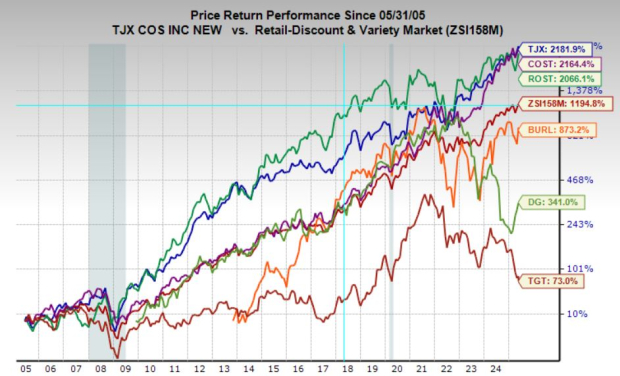Dollar Index Drops Amid Credit Rating Downgrade, Euro Gains Ground
The dollar index (DXY00) has decreased by 0.60%, reaching a two-week low. This decline follows Moody’s Ratings downgrade of the US government’s credit rating from Aaa to Aa1 last Friday, citing concerns over a ballooning budget deficit and fiscal stability. The downgrade challenges the dollar’s status as a global reserve currency and may lead investors to reduce their dollar assets. Additionally, discussions among legislators about a tax-cut package add to worries regarding increasing US budget deficits. However, higher Treasury note yields are somewhat mitigating the dollar’s losses.
Market Expectations for Rate Cuts
Currently, markets are pricing in a 2% probability of a 25 basis point (bp) rate cut following the upcoming FOMC meeting on June 17-18.
Euro Strengthens Against the Dollar
The EUR/USD (^EURUSD) pair is up by 0.51%, achieving a two-week high. The weakness of the dollar has aided in the euro’s gains. Support for the euro also comes from comments made by ECB Governing Council member Kazaks, who indicated that interest rate cuts by the ECB are nearing completion.
In its bi-annual Financial Stability Review, the ECB warned that “atypical shifts” away from traditional havens like the dollar and US Treasuries post-April trade announcements could signal a “fundamental regime change,” posing risks for global capital flows and financial stability.
Kazaks reiterated that the ECB is close to the end of interest rate cuts, assuming inflation stabilizes at 2% in the coming months. Swaps currently indicate a 93% probability of a rate cut of 25 bp at the ECB’s policy meeting on June 5.
Yen Rallies Amid Rising Geopolitical Risks
The USD/JPY (^USDJPY) pair has declined by 0.48%. The yen has gained further this week, reaching a new one-and-a-half-week high against the dollar. This strength is attributed to rising Japanese government bond yields, particularly after the 10-year JGB bond yield hit a one-and-three-quarter-month high of 1.539%. Also, increasing geopolitical risks are boosting safe-haven demand for the yen, especially in light of reports from CNN suggesting that Israel is preparing for potential military action against Iranian nuclear facilities. However, rising Treasury yields are limiting further gains in the yen.
Japan’s trade figures show mixed results: April exports grew by 2.0% year-on-year, below expectations of 2.5%, while imports fell by 2.2%, a smaller decline than the anticipated 4.2%.
Precious Metals See Gains
June gold (GCM25) has increased by $18.00 (+0.55%), and July silver (SIN25) is up by $0.141 (+0.43%). Precious metals are benefiting from the dollar’s drop, achieving new highs—gold at a one-and-a-half-week high and silver at a one-week high. Escalating geopolitical tensions and rising US budget concerns are further enhancing demand for these safe-haven assets. Israeli Prime Minister Netanyahu’s announcement of an “unprecedented attack” on Hamas, along with ongoing Israeli airstrikes in Yemen, adds to these dynamics.
However, increasing global bond yields are placing limits on the prices of precious metals. Hawkish remarks from ECB Governing Council member Kazaks have proven bearish for precious metals, indicating that wane in rate cuts may be on the horizon. Additionally, some fund liquidation of long gold positions is being observed as US-China trade tensions ease, resulting in long gold positions in exchange-traded funds (ETFs) dropping to a six-week low on Tuesday.
On the date of publication, Rich Asplund did not have (either directly or indirectly) positions in any of the securities mentioned in this article. All information and data in this article is solely for informational purposes. For more information, please view the Barchart Disclosure Policy.
here.
The views and opinions expressed herein are the views and opinions of the author and do not necessarily reflect those of Nasdaq, Inc.



